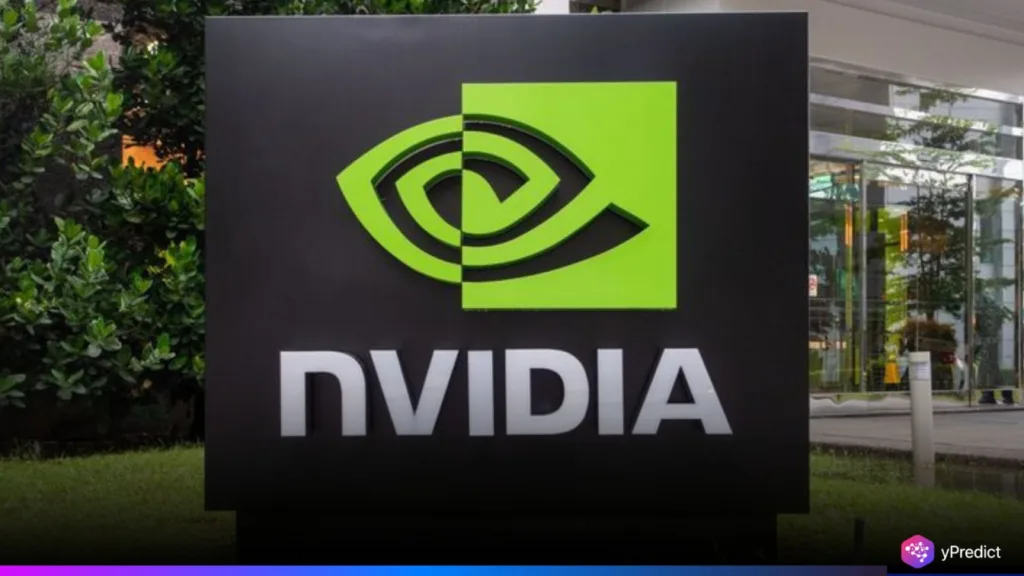
As concerns grow over a slowdown in Big Tech’s AI spending, Nvidia is no longer waiting around. CEO Jensen Huang used the Computex 2025 stage to outline a new direction: Nvidia AI will now primarily caterto nation-states. The company is pushing past Silicon Valley and into the world of sovereign AI, where entire countries are building their own large language models and digital infrastructures.
Huang framed sovereign AI as the next frontier. These aren’t just isolated AI deployments, they’re full-scale national systems built on local data, fully controlled by governments. This move signals a sharp tech decoupling from the usual American tech giants and positions Nvidia to serve clients that don’t flinch at billion-dollar price tags.
Sovereign AI, A New AI Market Worth Trillions
Nvidia is now eyeing sovereign AI as a long-term goldmine. Huang told attendees that national projects are expected to draw “hundreds of billions” in spending this year alone. Over the next decade, he believes the global AI economy could hit $100 trillion, driven largely by government-funded ecosystems. Countries like Saudi Arabia are already in deep. Its HUMAIN AI initiative, powered by thousands of Nvidia GPUs, is building national cloud platforms and simulation environments that support homegrown AI.
The UAE and Qatar are moving in the same direction, developing infrastructure for National LLMs that bypass American platforms and operate fully on their own soil. This isn’t about novelty. It’s about strategic control. Huang said governments now treat AI infrastructure with the same urgency as electricity, oil, or water. Nvidia’s position as a supplier of critical hardware puts it at the center of this shift.
Big Tech Takes a Backseat to National Clients
Nvidia’s pivot marks a break from its legacy partnerships. While the company continues to supply the likes of Google and Meta, it now prefers clients that don’t answer to shareholders or short-term cycles. Huang made it clear: sovereign customers offer reliability Big Tech can’t. In Germany, Nvidia just launched a major project with Deutsche Telekom to build the country’s first industrial AI cloud. The system will run on more than 10,000 Blackwell GPUs, showing the scale of commitment European governments are ready to make.
The project aims to help Germany maintain control over its digital economy while accelerating its AI capabilities. These kinds of deals reflect a global trend. Nvidia is aligning itself with long-term national strategies, not product roadmaps or quarterly earnings. As tech decoupling picks up pace, governments are emerging as Nvidia’s most important partners.
National LLMs Take Center Stage in AI Race
Central to this sovereign AI push is the rise of National LLMs. These language models, trained and deployed on national infrastructure, are designed to serve local needs, from government communication and public health to education and defense. Huang emphasized the security and sovereignty these models offer. Countries want to keep data within borders and reduce dependency on foreign technology.
Building and owning their own LLMs ensures that sensitive national data doesn’t pass through platforms controlled by outsiders. This change also brings AI closer to regulation. National LLMs allow governments to align AI outputs with cultural norms, legal frameworks, and social priorities. Nvidia, by enabling this autonomy, becomes essential to the process.
2025 Set to Accelerate Tech Decoupling
As the second half of 2025 begins, Nvidia is shifting full speed into its new model. Huang’s moves suggest confidence that Nvidia AI will thrive more in sovereign deals than in chasing Big Tech budgets. He’s aligning with states that build for the long term and spend without hesitation.
This strategy reflects the ongoing tech decoupling across the globe. From the Gulf to Europe, governments are moving away from foreign cloud giants and toward self-reliant AI systems. Nvidia isn’t just responding, it’s leading the shift. With trillion-dollar forecasts, a new wave of National LLMs, and state-backed infrastructure, Nvidia’s sovereign AI strategy is reshaping the global AI landscape, one GPU at a time.






